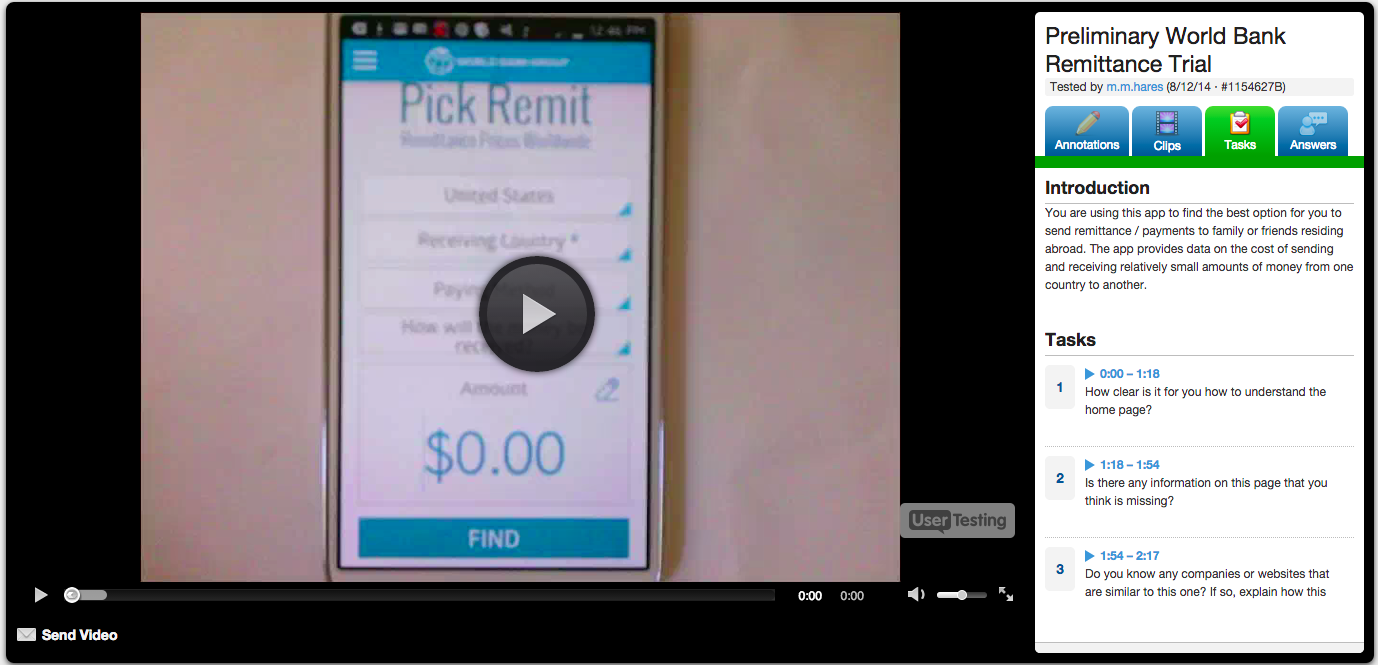
A website redesign can be a big project, although it can seem like a daunting process, it does have many advantages that will help your business. After all, redesigning your website is a powerful thing you can do for your company, this is often times the first way users communicate with your company, by following best practices and using a strategic approach you can help your brand garner ROI as well as brand visibility.
We recently redesigned our own website Mobomo.com, but before starting the process we needed to discuss our end goals, what did we want our new site to accomplish. Here are some of the reasons that we decided to do a redesign:
- Improving functionality and usability: Although our last site provided functionality we wanted to take the design to the next level and by doing that it ultimately meant that our new website needed better functionality for users. Who doesn't want to drive more traffic to their website? We wanted to improve the user experience on our website and by this I mean we wanted our users to clearly be able to find what they were looking for with ease. If a user is not able to find something easily then more likely then not they will leave your site without thinking twice.
- Better visuals: I think imagery is everything. If done correctly, it is easy to tell a story by the power of a picture. While in our beginning phases of the redesign project, we agreed that we wanted fresh, up-to-date visuals as well as colors to compliment the site. We felt that we could tell a more powerful story by using more visuals and guide the user through a story. Changing your visuals is a good way to stay up-to-date with the website trends as well as provide a different look to the site so it doesn't feel stale.
- Rebranding: If your company has been going through a rebrand, it is important to keep your website up-to-date on the new change but I don’t just mean changing logos and colors, you will need to update the content on your site as well so that it is consistent in the branding process. We wanted fresh, new content; it's always nice to do a pulse check on the content living on your website- is it old? Outdated? Is the user finding the content helpful to their end needs? You can still use the meat of the old content but spice it up and change the wording to ensure that it doesn't go stale.
- Mobile friendly: We were mobile friendly before however we wanted to make sure our redesign was easy to use on the mobile platform. Mobile has grown significantly over the past few years, so much so that mobile searches have surpassed desktop searches. I think I can speak to everyone here, we all need to do more than just keep up with the times, we need to be ready to make those changes to accommodate users no matter the platform they choose to use. Its important to make sure your website can be viewed on a wide variety of devices, including desktops, laptops, tablets, and smartphones. By incorporating a responsive web design, you’ll be assured of reaching a larger audience than you would with a website that’s not mobile-friendly.
Conducting a redesign on your company website can be challenging, even though we felt like we were checking the boxes on our old design and felt that user experience was high, it felt outdated and it needed a makeover. The important aspect in redesign is taking the things that you were doing well on your old site and make them even better. You can always learn about what you did wrong in a redesign but what about what you did right?


